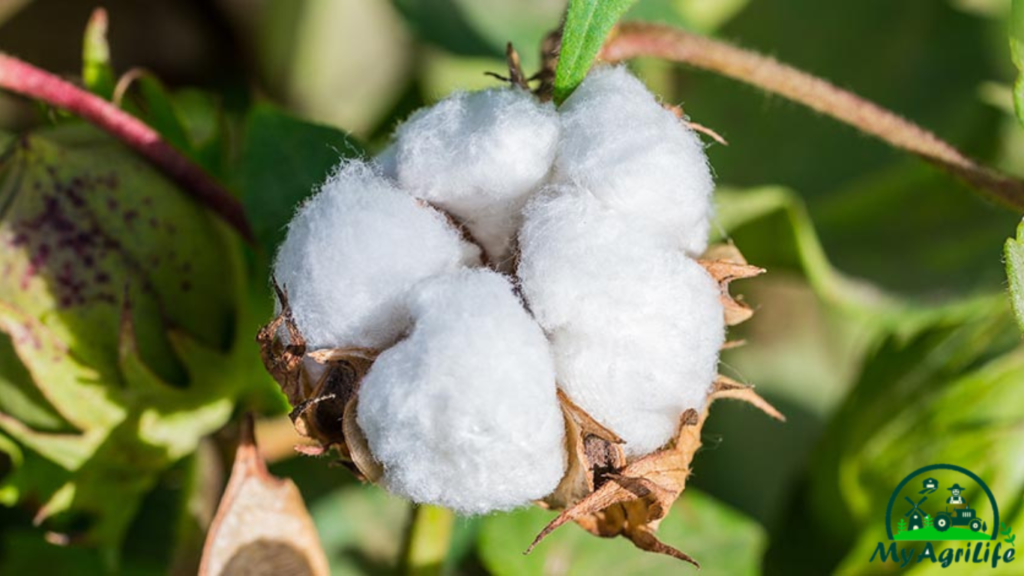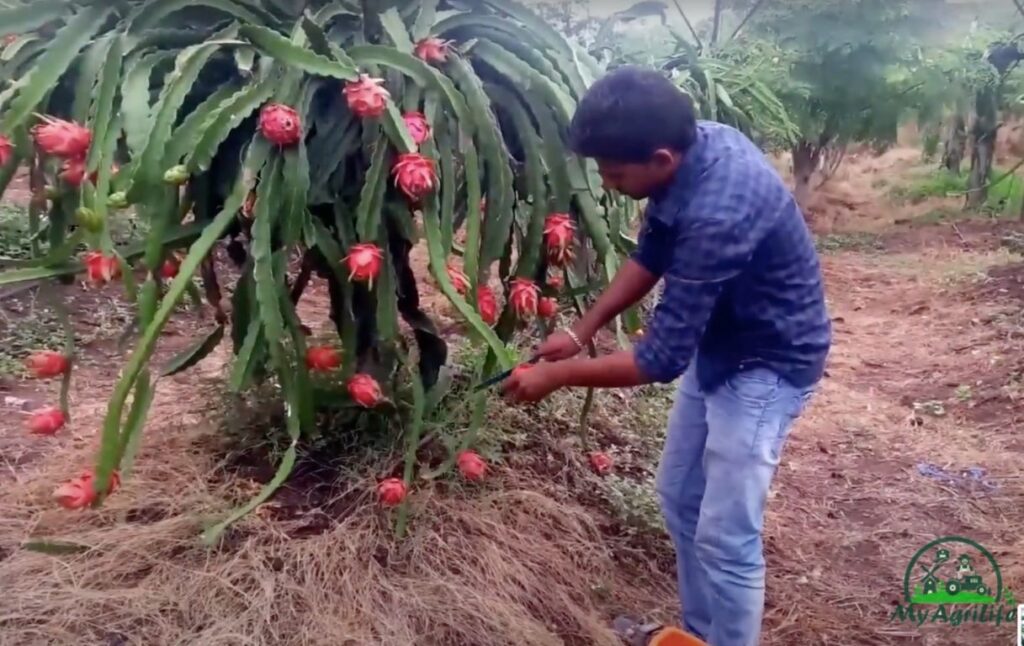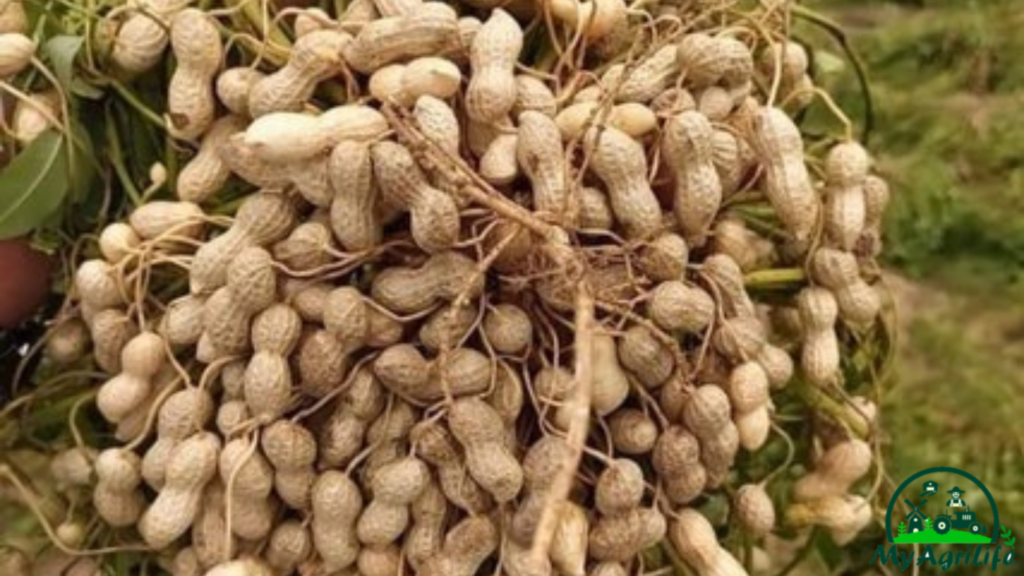
Groundnut, also known as peanut is a legume crop that is widely cultivated for its edible seeds. It is native to South America and is now cultivated in many parts of the world, including India, China, the United States, and many African countries.
Groundnuts are a rich source of protein, healthy fats, vitamins, and minerals, making them a popular food item. They can be consumed roasted, boiled, or as peanut butter. They are also used in a variety of dishes, including curries, stews, and salads.
Groundnut farming is an important agricultural activity in India, especially in the states of Gujarat, Tamil Nadu, Andhra Pradesh, and Karnataka. The crop requires well-drained soil and a warm climate. Groundnut is also an important export commodity, with India being one of the major exporters of groundnuts in the world.
Seed Specification Groundnut
The seed specification for groundnut varies depending on the variety and the purpose of cultivation. However, some general seed specifications for groundnut are as follows:
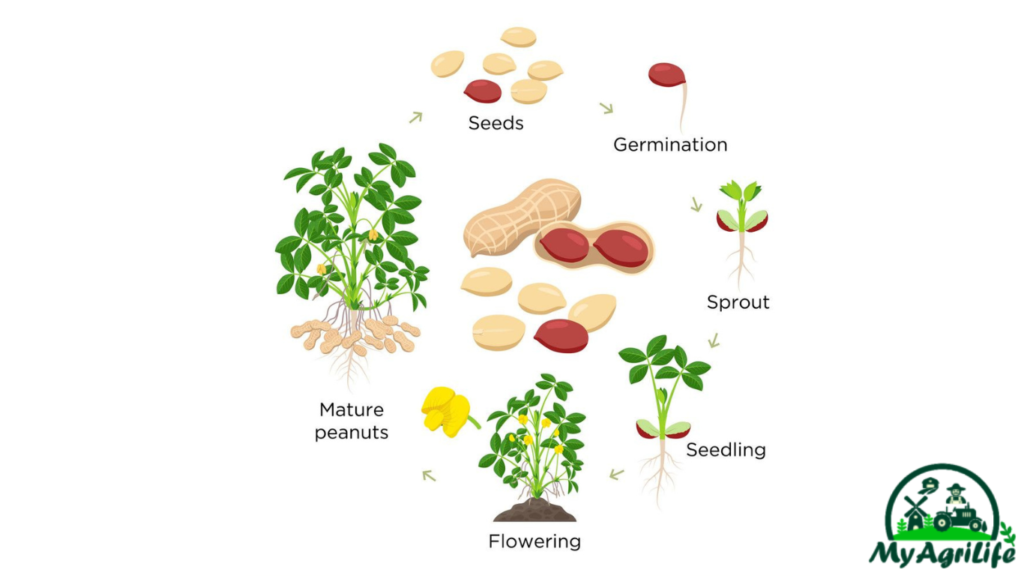
1.Seed size: The size of the seed can range from small to large, depending on the variety. Generally, larger seeds are preferred as they are more vigorous and have higher yields.
2.Seed color: The seed coat color can vary from white, yellow, pink, red, or purple, depending on the variety.
3.Seed shape: The shape of the seed can be round, oval, or elongated.
4.Seed weight: The average weight of a groundnut seed is around 0.2-0.3 grams, but this can vary depending on the variety.
5.Germination rate: The germination rate of groundnut seeds is an important parameter. It is recommended that the germination rate should be above 80%.
6.Seed purity: The seed purity is an important factor to ensure that the crop does not get contaminated with weed seeds or other crop seeds. The seed purity should be above 95%.
7.Seed viability: The seed viability is the ability of the seed to germinate and grow under favorable conditions. It is recommended that the seed viability should be above 90%.
8.Seed treatment: Some groundnut seeds require pre-sowing treatments such as soaking in water or application of chemicals to enhance their germination and growth. The specific treatment required will depend on the variety and the location of cultivation.
These are some of the general seed specifications for groundnut. However, it is recommended to consult with local agricultural experts for specific seed requirements based on the variety and the location of cultivation.
Land Preparation & Soil Health Groundnut
Land preparation and soil health are important factors to consider for successful groundnut cultivation. Here are some guidelines for land preparation and maintaining soil health for groundnut farming:
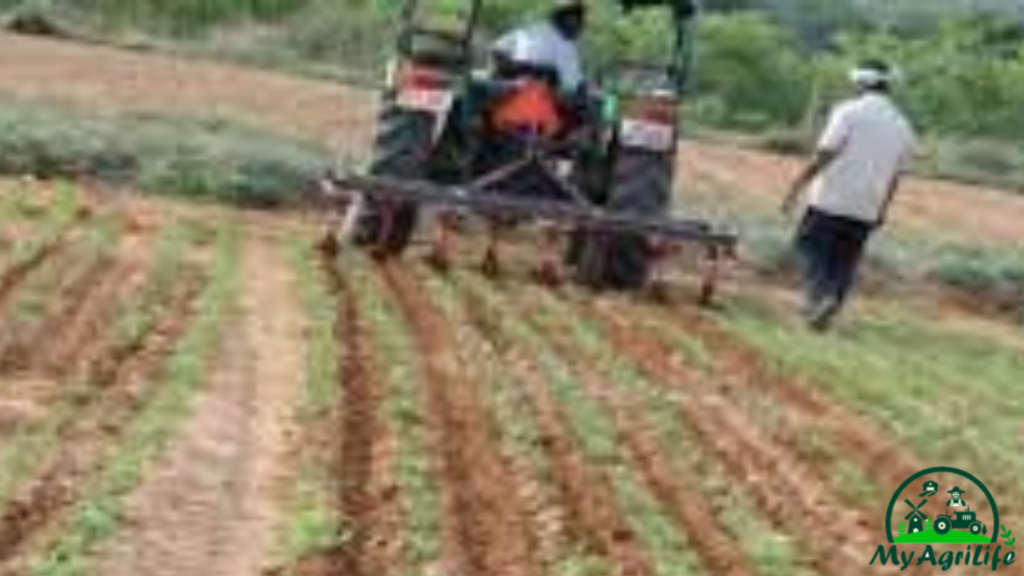
1.Land preparation: Before planting, the land should be cleared of all vegetation, rocks, and debris. The soil should be plowed to a depth of 15-20 cm and then harrowed to break up any clods and level the soil surface. The land should be prepared well in advance of planting to allow for the soil to settle and to allow any weed seeds to germinate and be removed.
2.Soil type: Groundnut grows well in well-drained sandy loam soils with a pH between 6.0 and 7.0. The soil should have good fertility, with adequate levels of organic matter, nitrogen, phosphorus, and potassium.
3.Soil testing: It is recommended to conduct soil testing before planting to determine the nutrient status of the soil and to determine the appropriate fertilizer application. Soil testing can also identify any soil-borne diseases or pests that may need to be addressed.
4.Fertilizer application: Based on the soil test results, the appropriate amount of fertilizer should be applied to the soil. A balanced fertilizer containing nitrogen, phosphorus, and potassium should be used. Organic fertilizers such as farmyard manure or compost can also be used to improve soil fertility.
5.Crop rotation: Crop rotation is important for maintaining soil health and preventing the buildup of soil-borne diseases and pests. Groundnut should not be grown on the same land for more than two consecutive years. It is recommended to rotate with leguminous crops such as beans, peas, or lentils to improve soil fertility.
6.Irrigation: Groundnut requires regular and adequate irrigation during the growing season. The frequency and amount of irrigation will depend on the soil type, weather conditions, and stage of crop growth.
By following these guidelines for land preparation and soil health, farmers can increase the chances of a successful groundnut crop and maintain soil fertility for future crops.
Crop Spray & fertilizer Specification Groundnut
Crop spray and fertilizer specification for groundnut farming vary depending on the specific requirements of the crop and the soil conditions. Here are some general guidelines for crop spray and fertilizer specification for groundnut:
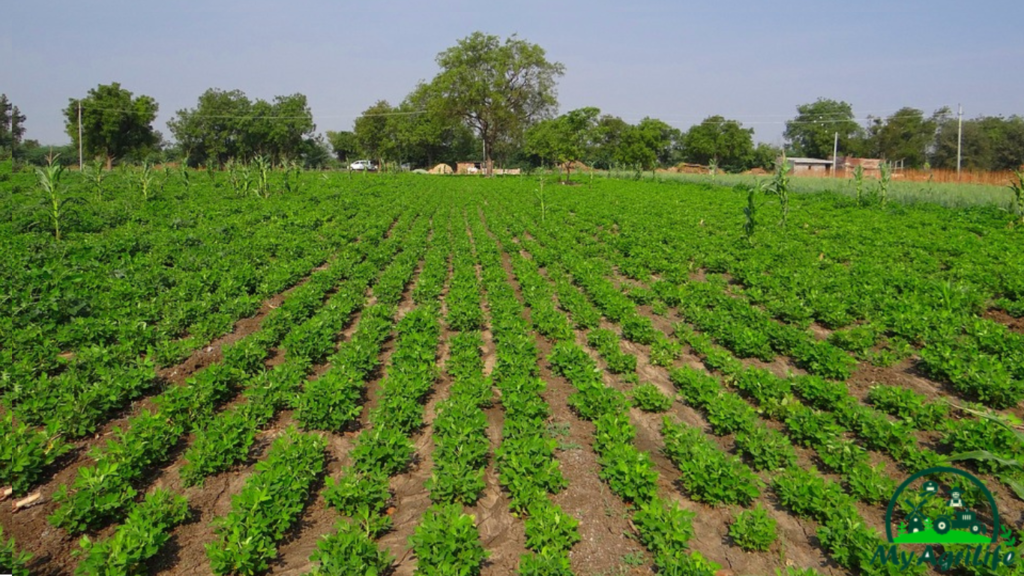
1.Fertilizer specification: Groundnut requires a balanced fertilizer containing nitrogen, phosphorus, and potassium. The recommended fertilizer dosage varies depending on the soil fertility status, climatic conditions, and crop requirements. As a general rule of thumb, it is recommended to apply 20-25 kg N, 40-50 kg P2O5, and 20-25 kg K2O per hectare.
2.Organic fertilizer: Organic fertilizers such as farmyard manure, compost, or green manure can be used to supplement the soil nutrients. The recommended dosage of organic fertilizers is 10-15 tons per hectare.
3.Fertilizer application: The fertilizer should be applied at the time of sowing or at the onset of the rainy season. The fertilizer can be broadcasted on the soil surface or placed in the planting furrow.
4.Crop spray: Crop sprays are used to control pests and diseases that can damage the crop. The type and frequency of crop spray will depend on the pest and disease prevalence in the area. Some common pests and diseases that affect groundnut include leaf spot, rust, aphids, whiteflies, and thrips.
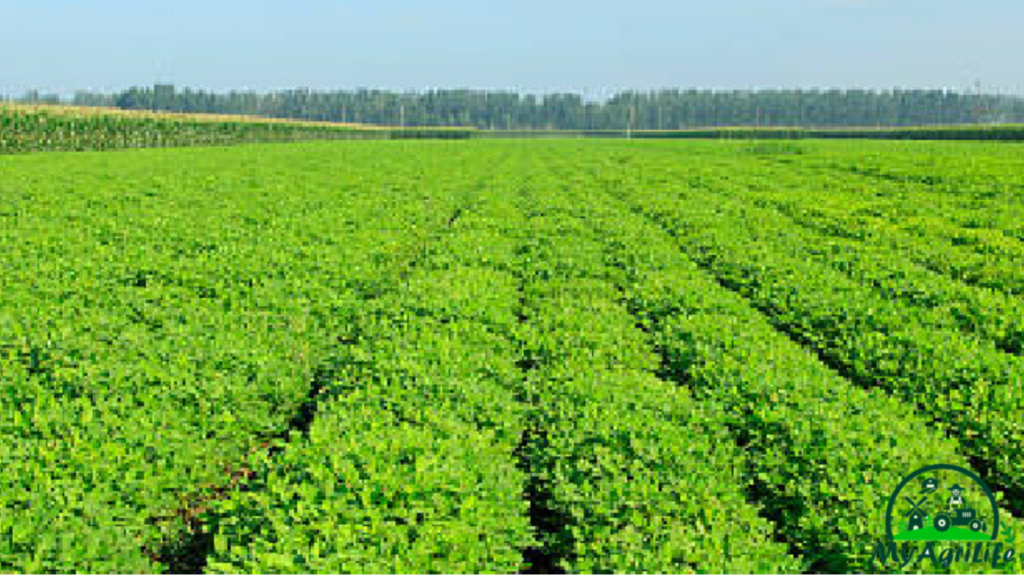
5.Chemical sprays: Chemical sprays such as insecticides and fungicides can be used to control pests and diseases. The choice of chemical spray will depend on the pest or disease and the stage of crop growth. It is important to follow the recommended dosage and application procedure to avoid crop damage and to ensure food safety.
6.Organic sprays: Organic sprays such as neem oil, garlic extract, or chili extract can be used to control pests and diseases. Organic sprays are safe for the environment and do not leave harmful residues on the crop.
By following these guidelines for crop spray and fertilizer specification, farmers can maintain soil fertility, control pests and diseases, and increase crop yield for groundnut farming. It is recommended to consult with local agricultural experts for specific crop spray and fertilizer requirements based on the crop variety and the location of cultivation.
Weeding & Irrigation Groundnut
Weeding and irrigation are important practices for successful groundnut cultivation. Here are some guidelines for weeding and irrigation for groundnut farming:
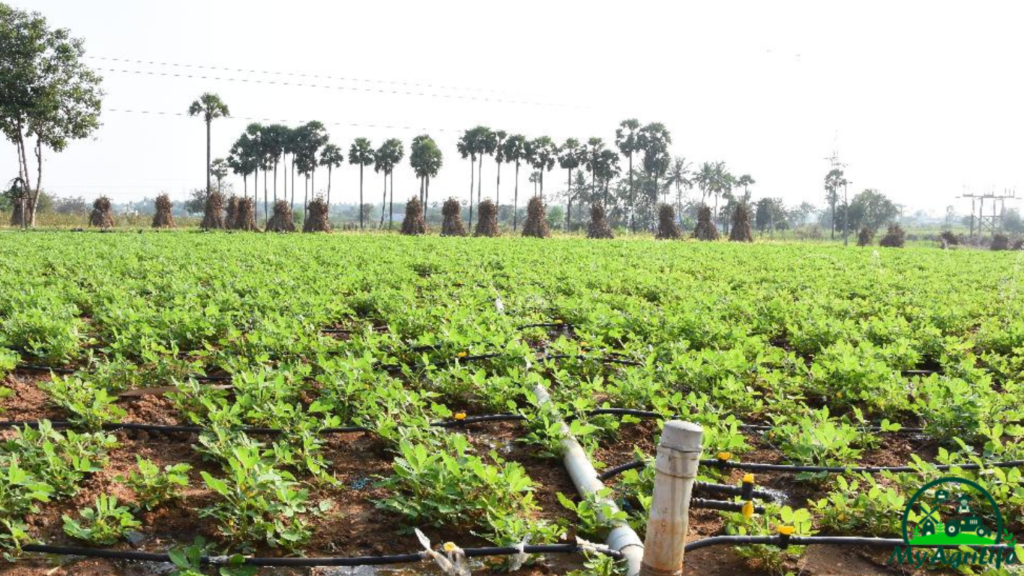
1.Weeding: Groundnut is a relatively weed-tolerant crop, but weeds can still affect the yield and quality of the crop. Weeding should be done in the early stages of crop growth to avoid competition for nutrients and moisture. Weeds can be removed by hand or by using a hoe or cultivator.
2.Timing of weeding: Weeding should be done at least twice during the growing season, with the first weeding done 3-4 weeks after planting and the second weeding done 6-8 weeks after planting. Weeding can be done more frequently if there is heavy weed pressure.
3.Irrigation: Groundnut requires regular and adequate irrigation during the growing season. The frequency and amount of irrigation will depend on the soil type, weather conditions, and stage of crop growth. The soil should be kept moist but not waterlogged.
4.Timing of irrigation: Groundnut should be irrigated immediately after planting to ensure good seed germination. Subsequent irrigations should be done at regular intervals of 7-10 days depending on the soil moisture level. It is recommended to avoid irrigation during flowering and pod development stages to prevent fungal diseases.
5.Irrigation method: Groundnut can be irrigated by furrow irrigation, sprinkler irrigation, or drip irrigation. Furrow irrigation is the most common method used for groundnut cultivation. Sprinkler irrigation and drip irrigation are more efficient methods but require more investment in equipment.
By following these guidelines for weeding and irrigation, farmers can increase the chances of a successful groundnut crop and maintain soil fertility for future crops. It is recommended to consult with local agricultural experts for specific weeding and irrigation requirements based on the crop variety and the location of cultivation.
Harvesting & Storage Groundnut
Harvesting and storage are critical stages in groundnut farming that can significantly affect the quality and market value of the crop. Here are some guidelines for harvesting and storage of groundnut:

1.Harvesting time: Groundnut is ready for harvesting when the leaves start to turn yellow and the pods start to dry. The ideal time for harvesting is when about 80% of the pods have matured. Harvesting too early or too late can result in lower yields and lower quality of the crop.
2.Harvesting method: Groundnut can be harvested manually or mechanically. Manual harvesting is more labor-intensive and time-consuming but can result in less damage to the pods. Mechanical harvesting is faster but can result in more damage to the pods, which can affect the quality of the crop.
3.Post-harvest handling: After harvesting, the groundnut should be dried in the sun for several days to reduce the moisture content. The pods can be spread out on a clean and dry surface and turned regularly to ensure even drying. The pods should be protected from rain and moisture during the drying process.
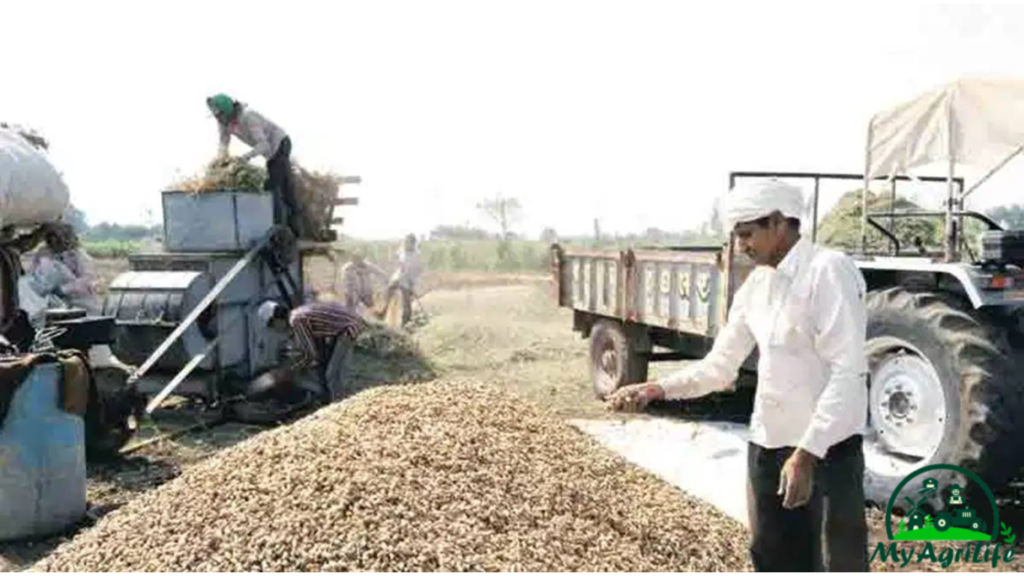
4.Storage: The dried groundnut can be stored in a cool and dry place, preferably in an airtight container to prevent moisture and insect infestation. The storage area should be well-ventilated to prevent mold growth. The storage temperature should be maintained between 20-25°C to prevent spoilage and rancidity.
5.Storage period: Groundnut can be stored for up to 6-8 months under optimal storage conditions. It is recommended to sell the crop as soon as possible after harvesting to maximize the market value and to avoid quality deterioration.
By following these guidelines for harvesting and storage, farmers can ensure that the groundnut crop retains its quality and market value. It is recommended to consult with local agricultural experts for specific harvesting and storage requirements based on the crop variety and the location of cultivation.
conclusion
In conclusion, groundnut farming can be a profitable venture with the right farming practices and selection of high-yielding and disease-resistant varieties such as Girnar-2, TBG-39, RG-382, and HNG-69. Adequate land preparation, soil health maintenance, crop spray and fertilizer application, proper weeding and irrigation, and timely harvesting and storage are key factors that can ensure a successful groundnut farming venture. Additionally, being aware of common pests and diseases and implementing appropriate pest and disease management strategies can help increase yield and prevent crop loss. With proper planning and execution, groundnut farming can be a rewarding and sustainable agricultural business.








